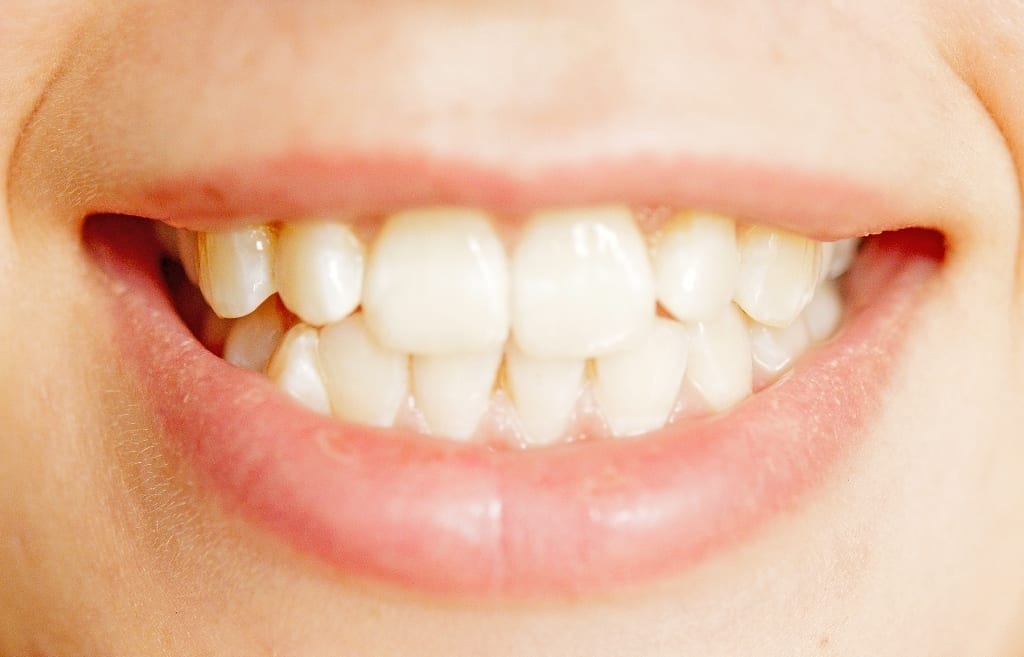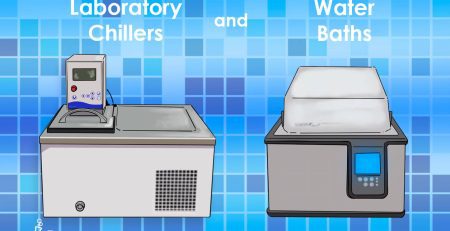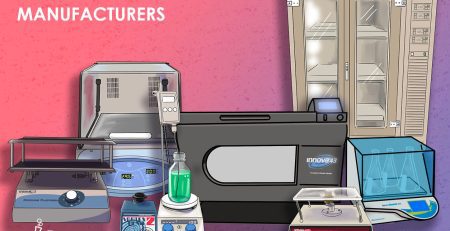New Tooth Repair Method Discovered
There are a number of methods at dentist’s disposal to treat tooth decay and cavities, but scientists may have uncovered a method that doesn’t involves cements, needles or drills. Using a drug normally given to treat Alzheimer’s patients, “a team of scientists have managed to repair cavities by stimulating the naturally occurring stem cells in the tooth to rebuild its dense bony tissue,” according to IFLScience.com.
The therapy relies on a drug called tidesglusib. Previous work by this team shows that tidesglusib stimulates stem cells in the center of the tooth, triggering the development of tooth cells known as odontoblasts, and increasing the production of dentine. “Almost everyone on the planet has tooth decay at some time – it’s a massive volume of people being treated,” Professor Paul Sharpe of King’s College London, and lead author of the study, told The Guardian. “We’ve deliberately tried to make something really siple, really quick and really cheap.”
In a trial with mice the team showed that when tooth defects were filled with a biodegradable sponge soaked in tidesglusib, “the tooth was gradually able to rebuild itself.” It’s still not clear whether or not this method will scale up to human teeth, but the team is currently testing this technique on rats, whose teeth are 4 times larger than rats.














